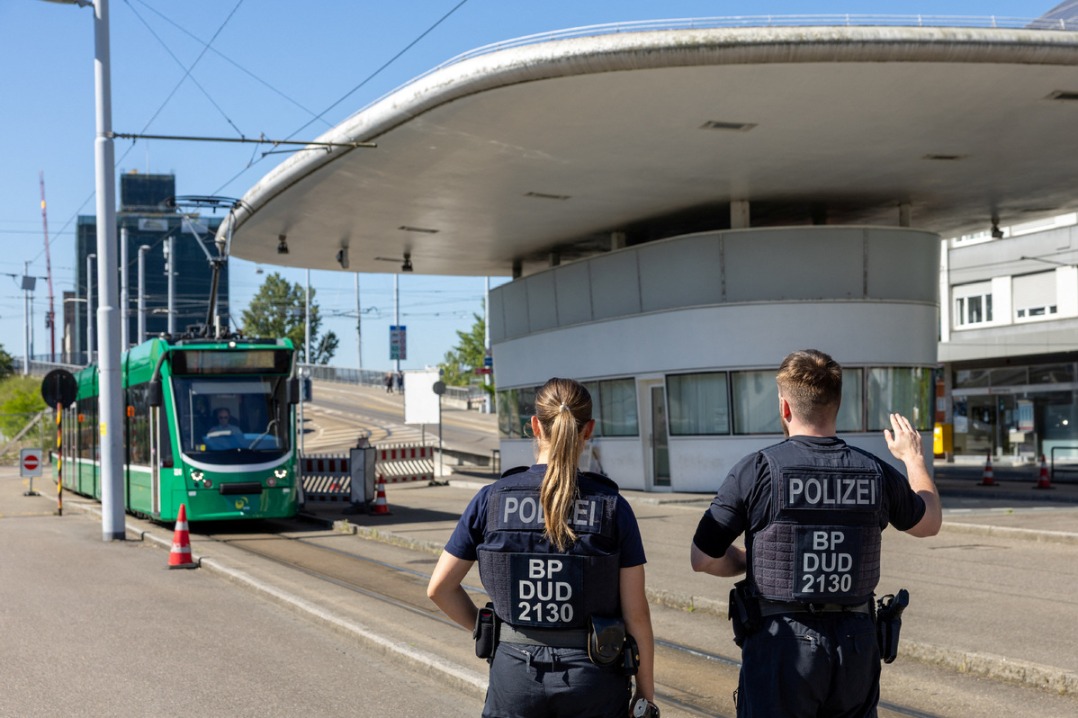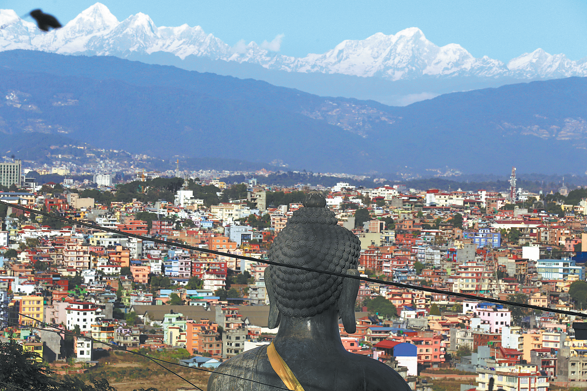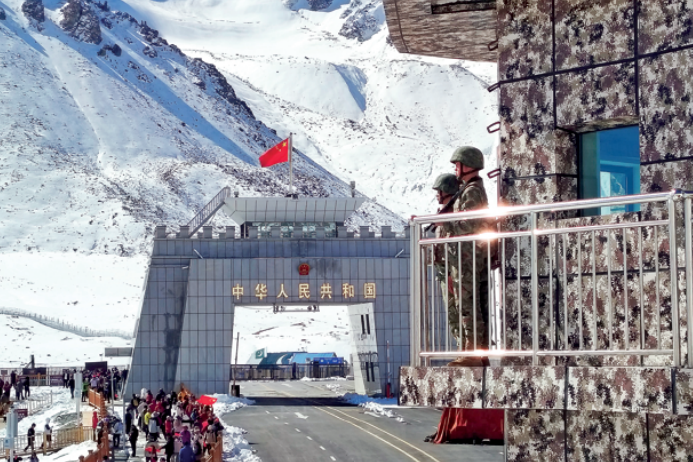Photos offer glimpse of old China


Striking images of Asia, offering a glimpse of the way people lived more than 150 years ago, have gone on display at an exhibition in London.
The pictures were taken between 1862 and 1872 by Scottish photographer and travel writer John Thomson during his travels to several Asian countries, including what was then called Siam (now Thailand), Cambodia, Vietnam and many parts of China.
The first London exhibition of the photographs, called "China and Siam through the Lens of John Thomson", can be seen at the Brunei Gallery in the School of Oriental and African Studies.
It offers views of everyday life during the Qing Dynasty (1644-1911) at a time when foreigners were rarely seen in the country.
Betty Yao, the exhibition's curator, said Thomson, who was born in 1837 and died in 1921, was unlike most of the people who traveled to the Far East at the time.
"Cameramen in the same period were either missionaries or foreign government officials," Yao said. "He only documented China with a photographer's eyes, respecting and loving the country."
Because many people Thomson encountered had never seen a camera or a Westerner before, Yao said it was exceptional that he was able to gain access and take photographs, especially images of the women of the time.
"He must have been an incredible communicator, it was beyond language, he didn't know Chinese but he treated people with respect and he made people relax and respond and not be scared of the camera," Yao said.
Edinburgh-born Thomson first set off for Singapore in 1862 to join his brother there. He soon traveled to Malaysia, Sri Lanka and eventually to Siam.
In 1866, he set off for Laos and Cambodia, before settling in Hong Kong in 1868, where he set up his photography studio.
At the end of 1870, the Scottish photographer set off for a major expedition on the Chinese mainland.
The subjects Thomson documented varied and included monasteries, imperial palaces, landscapes, architecture and street scenes, as well as people going about their daily lives.
During his travels, he had to carry around a bulky, largely wooden camera, as well as many crates, glass negatives and bottles of highly flammable chemicals used to develop the images.
"It's so easy to take a photograph now, it's taken for granted," Yao said. "This exhibition shows tenacity and difficulty, and Thomson's hard work has endured 150 years later."
The exhibition runs until June 23.
































